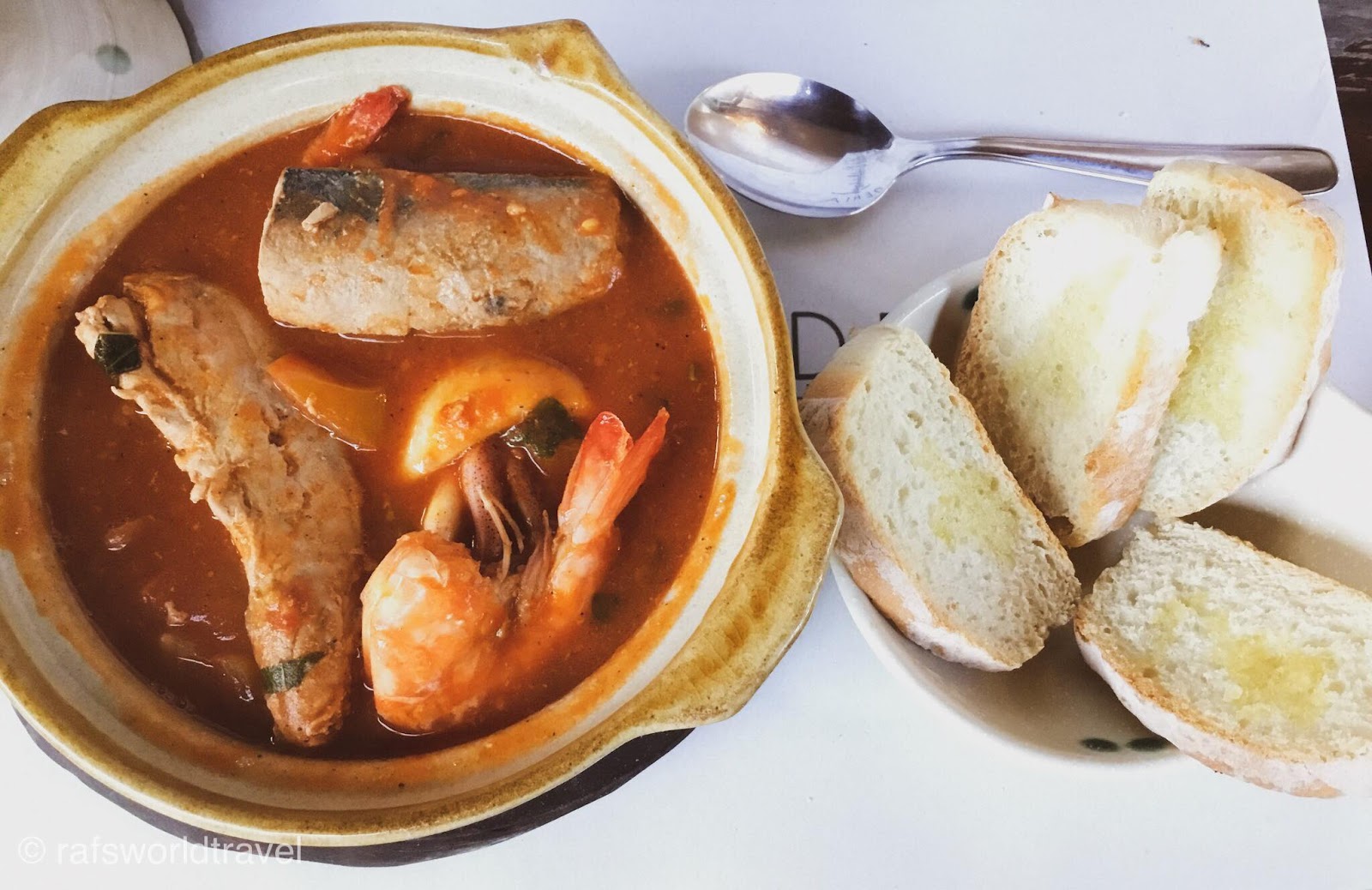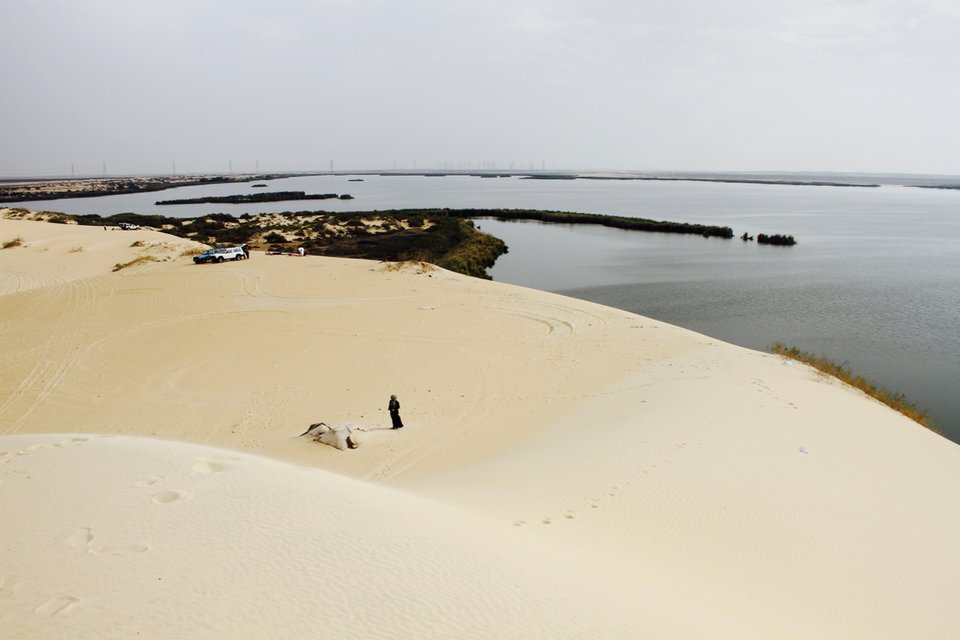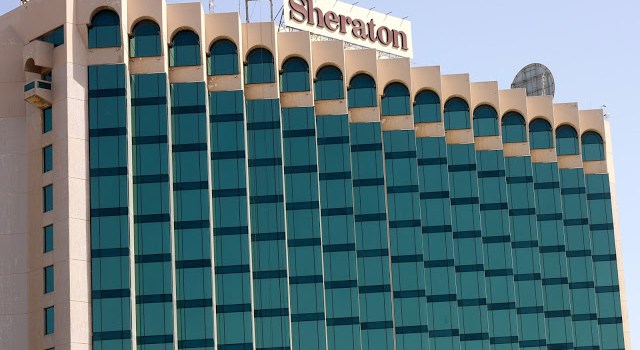Nine Waves To Die For On Siargao Island, Philippines
Would you like to read a unique guide to nine waves you really need to surf on Siargao Island? Do you love huge, slabby barrels or waves with length of ride? Are you looking for beginner, improver or expert surfing spots? How about discovering a secret spot or two? Look no further than this insider’s guide to the best the island can offer you in terms of surfing. Although there are myriad surf spots on Siargao, I think there are nine waves to die for: unmissable breaks that you really should surf before you die.
In July 1992, photographer John Callaghan arrived on Siargao Island with a small crew of American surfers. Surfer Magazine published his article soon after. Although Callaghan didn’t pinpoint the location, a French magazine quickly unveiled the secret which inspired my first trip to Siargao in 1997. Over the next twenty years, I spent seven of them surfing Siargao. While I am hardly a pioneer, I definitely know my way around the surf breaks of the island. Therefore, check my guide below to nine waves worth your life on the ever popular Siargao Island.
1. Cloud 9
Cloud 9 is probably the most consistent wave in the Philippines. It offers you a short, intense hollow ride with the rights more popular and makeable than the lefts. Nimble, experienced surfers love the consistency of the barrels and heaving takeoffs here, unlike intermediates and bigger, heavier surfers who don’t enjoy it as much. Ideal swell direction is north east, groomed by a southwesterly trade wind. Optimum size is 2-4 feet, but experienced surfers tackle it up to 8 feet. Mid-tide is best, but it’s surfable on all tides.2. Pansukian Reef
Pansukian is a truly incredible wave when conditions align together. Tucked inside the bay near Naked Island, it provides an intense take off with a barrel opportunity followed by a long, fast ride all the way to the inside. Expert and intermediate surfers flock to this wave when it turns on. Pansukian needs a large easterly swell, mid to high tide combined with a light southwesterly wind. Ideal size is 3-5 feet, it rarely gets bigger than 6 feet.3. Daco Island
Daco Island offers quite a few different set ups. However, its main draw is a machine-like right hander situated directly in front of the main village. While many seasoned surfers dismiss it as a fat wave, with the right board (a fish or long board) you can enjoy insanely fun waves here with an awesome tropical back drop. The wave appeals to beginners and intermediates alike, so you have to expect crowds. Daco only breaks in large northeasterly swells and is better on mid to high tides. Southeasterly winds are offshore, but light northeasterly winds don’t mess the waves up too much. Ideal size is 3-4 feet, it hardly ever gets bigger than that anyway.4. Pacifico
Pacifico is the only wave which resembles an Indonesia-like left hander on Siargao. The long 100-150 meter rides bring joy to any goofy footer looking for walls and barrels. Pacifico is quite a fickle reef and needs a lined up typhoon swell from the north to reach its full potential. Higher tides are usually better, but it breaks on all tides. West to southwest winds are offshore and it can handle strong winds and huge swells. Probably the best big wave spot on Siargao Island so bring a board with length (6’8″ – 7’2″) if you want to tackle the bigger days.5. Burgos Bay
Burgos Bay contains several waves well worth investigating. Cloud 69 and Inner Tubes, in the middle of the bay, are the most famous ones and offer super hollow right handers on higher tides which break best in north east swells and southwesterly winds. Harpics, situated at the south end of the bay, is a powerful left hander, best in light north swells and lower tides.6. Pilar
Pilar offers two main breaks in a sheltered bay. Pilar left, right in front of Pilar’s concrete harbour wall, is a super fun, quite long left hander. It needs an incoming tide, a large easterly swell and north westerly winds to turn on. Salvacion, across the bay in front of Salvacion village, offers long right hand walls and the odd cover up. It prefers northerly swells and southerly winds. Both breaks need some water over the reef, but not too much, so mid tides are the go. Optimum size, again for both waves, is 3-4 feet. It never gets bigger than this at Pilar left, but Salvacion can see 5 feet+ swells.7. Rock Island
Rock Island, a short boat trip from Cloud 9, is a legendary right hander which featured in John Callaghan’s first surf photoshoot on Siargao Island. On its day it offers really long walling right handers with the odd cover up. The unreal rocky backdrop and mid ocean setting epitomizes the Philippine surfing experience. Southerly winds are offshore here and it needs a fair size north to north east swell to get going. Perfect size anywhere between 3-8 feet.8. Stimpeys
Probably the best left on Siargao and situated directly opposite Rock Island, this is an amazing reef pass. Primarily a wet season wave, Stimpeys handles the prevailing NE wind quite well. North westerly winds are straight offshore. While it’s super fun in the 2-4 feet range, once it gets going it transforms into a beast at 5 feet or above. Probably the thickest wave on the island allowing you to score heaps of barrels during wintertime.9. Tuason
The legendary Tuason Point, just around the corner from Cloud 9, offers thick, gnarly barrels for experienced surfers only. Tuason breaks at its best with a medium to large north swells and southwesterly-westerly winds on higher tides. Although beginners surf the spot in gentle summer waves, you should exercise caution paddling out here if a decent swell is running as it’s super shallow and very powerful.Beginner Spots
Siargao is not an ideal island to learn to surf as all of its waves break over coral reef. Beach breaks are preferred by surf schools because sand is forgiving. However, entrepreneurial Siargao locals take their students to Jacking Horse, Quiksilver, Tuason Point, Cemetaries and Daco Island on higher tides and small swells. All these waves are located with a relatively short distance from Cloud 9.If you have never surfed before, you should take at least one lesson just to learn the basics. After that, numerous rental outlets offer rental boards to anyone willing to pay the hire fee and you can head out on your own.
Seasons
Expect small waves in summer (April – August), magical conditions during autumn (September – November) and large, messy swells in winter (December to March).Autumn is an extremely popular time of year on Siargao with endless good days at Cloud 9, Pacifico, Burgos Bay and Tuason Point. Winter is the best chance to surf Stimpeys and Pilar, both of which need solid monsoonal swell.
You might have to wait a few days or weeks to score really good conditions or you could get lucky at any time of the year, especially if an unexpected typhoon stalls offshore. Typhoon swells are the main reason to surf Siargao but are notoriously fickle and vary in number and track from season to season.





















Wow this is really a very helpful information for those who loves to surf and have Siargao in their bucket list!
ReplyDeleteThanks a lot, April. I’ve certainly put my years into getting to know Siargao’s waves inside and out.
Delete